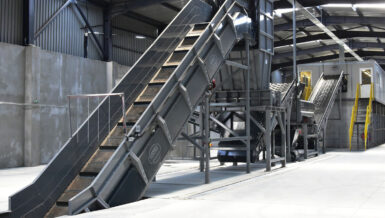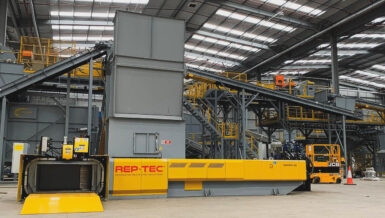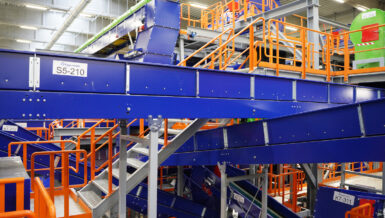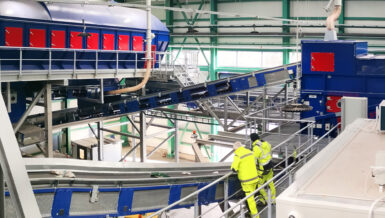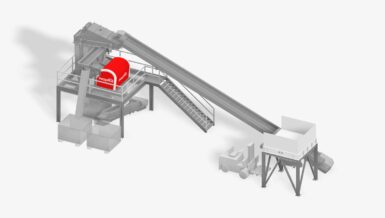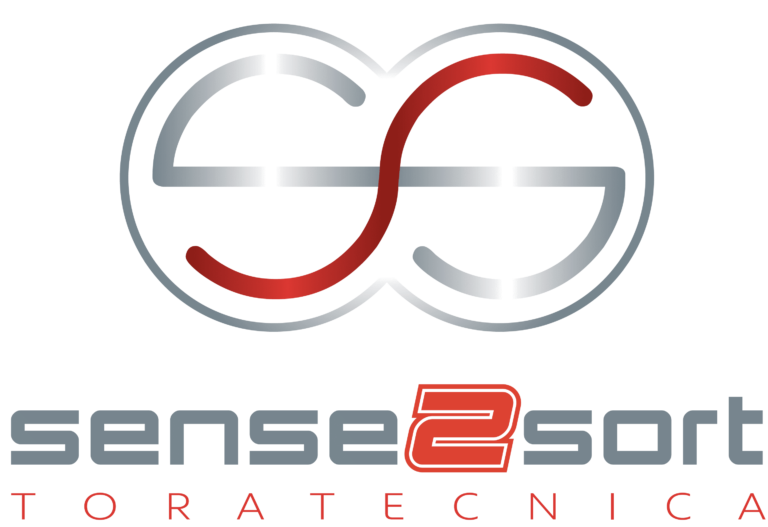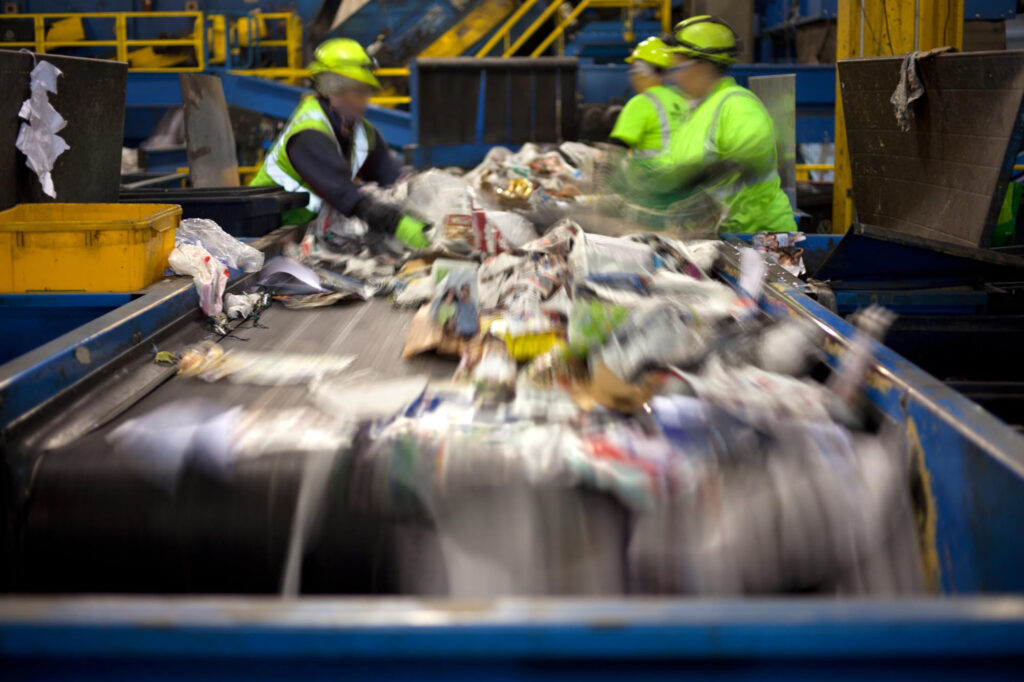Selecting the right piece of equipment with the right technology supplier is just the first step in delivering the desired performance. Every day, week and month, the machine’s conductor, also known as the operator, must keep a careful eye on and maintain the components to ensure it works at peak performance to optimize profitability.
To do so, consider following these tips for properly maintaining the sorting equipment.
Eye can see
Optical sorters found in the typical MRF or MSW sorting plant process what the human eye can see but at much higher rates. While optional technologies are available to meet specific application needs, two standard technologies are often employed by most sorters:
- Visual spectroscopy (VIS)
- Near infrared (NIR)
To see the material correctly, it is crucial that the sorter’s illumination unit is calibrated, so the software detects color and material properties properly. Any environmental change – bulb wear/aging, temperature variations, etc. – can alter the way the sorter sees material.

Calibrating the sorter on sometimes a daily or weekly basis helps to optimize sorting performance but can cut into the production schedule.
When working with your technology supplier, ask how quickly and how often calibration should be performed. Some optical sorters, like the TOMRA AUTOSORT™, offer continuous sensor calibration, which constantly computes and maintains the VIS and NIR signals to tolerance.
Valve check
All sorters use the same mechanical process to sort material. Air valves produce jet pulses of air at precisely timed intervals to eject either the desired material or impurities in a touchless sorting process. The valve blocks on these sorters can have hundreds of individual valves, depending on belt width.
To work properly, these valves must remain clean and clear of debris. Just the operating environment or oil/water in the air lines can clog or completely block a valve, leading to recycled product purity suffering.
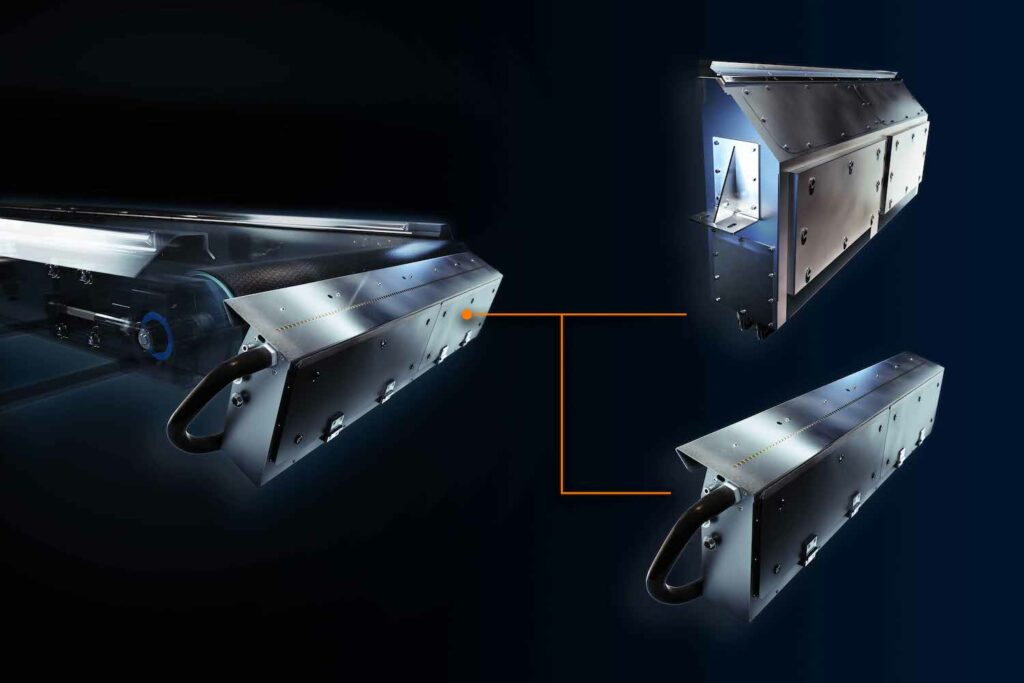
Workers must perform a valve check for high and low pressure to make sure each valve is working properly. This is a critical maintenance step, since a broken or clogged valve leads to lost output or contaminated final product.
In the past, this required the technician to go to each machine separately to manually perform the valve check. This frequently led to human error when assessing and documenting valve performance.
Today, some, but not all optical sorters offer auto testing and cleaning of the valves to ensure optimal sorting performance and purity. The testing/cleaning process occurs automatically when the circuit stops, removing the chance for human error. Detected damaged valves are reported on the machine’s control panel, or, in the case of a connected machine, to the control room or machine app.
Need for accurate speed
Paramount to the optical sorter’s success is belt speed. The correct belt speed is the difference between high product purity or increased material contamination.
With every optical sorter, the software calculates the material’s distance by dividing belt speed to compute the proper air valve firing time and location. This is the key to optimizing the product sort.
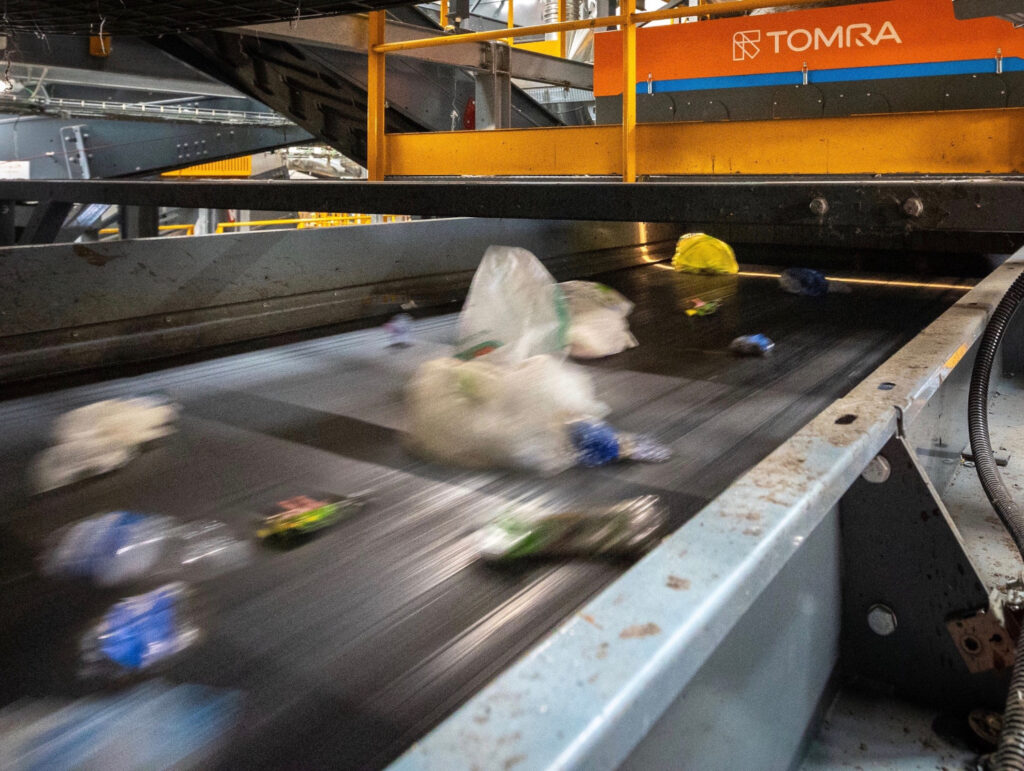
Multiple factors can contribute to changes to belt speed – belt wear, bearings, gears and debris build-up. A belt running faster or slower than the established belt speed leads to a valve firing too early or late, resulting in product losses or contamination.
Therefore, it is essential to check for correct belt speed multiple times throughout each shift. If the sorter’s material feeder is not equipped with sensors, then the worker must manually check speed with a tachometer and make any necessary adjustment.
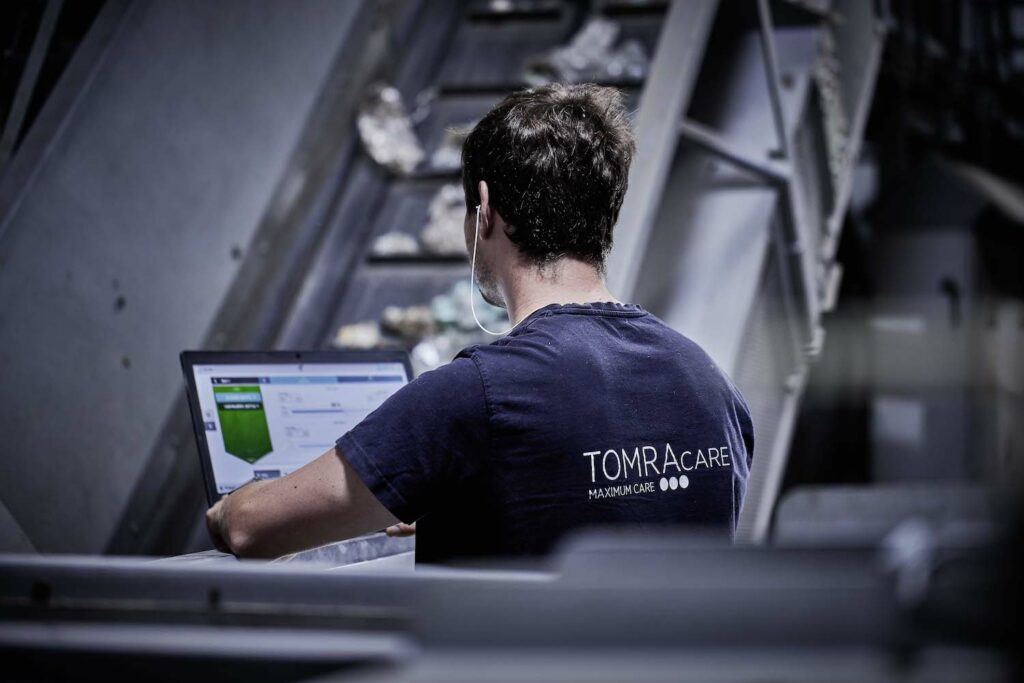
Automation, again, can assist with this process. For example, AUTOSORT™’s feeder belt is equipped with sensors that continuously monitor its speed. Upon detecting a change, the operator is alerted for corrective action. If a sensor fails, the system also provides an immediate and automatic alert.
Keep it clean
While intuitive and apparent, keeping a clean sorter is an important component to an accurate sorting process. They require consistent light intensity to properly detect the material but work in an inherently dirty environment. More importantly, debris allowed to build up on externally mounted illumination units can pose a fire hazard.
Workers must wipe down the encasement glass, so the sensor’s field of view is not obstructed. And while cleaning, inspect for any damage resulting from flying debris. For external lamps, verify that they are in correct alignment, as flying debris can easily strike them. If realignment is necessary, then the worker should recalibrate the machine to optimize performance.
Any type of cleaning requires the circuit to be shut down, cutting into production. Cleaning efforts are reduced when operating sensor-based sorters with illumination units mounted inside the scanner box. Also, sorters offering quick-access panels to the scanner and valve block will help to minimize downtime for cleaning.
Got a spare?
Another tip to minimize downtime is keeping enough critical and high attrition parts on hand for quick replacement. Parts such as air filters for the air machine, lamps and valves are recommended stock parts.
Think about the cost of not having these parts on hand. For example, a bulb is a 10-minute replacement if it is in stock. If not, it will require one to two days to replace, plus the cost for overnight shipping and circuit downtime.
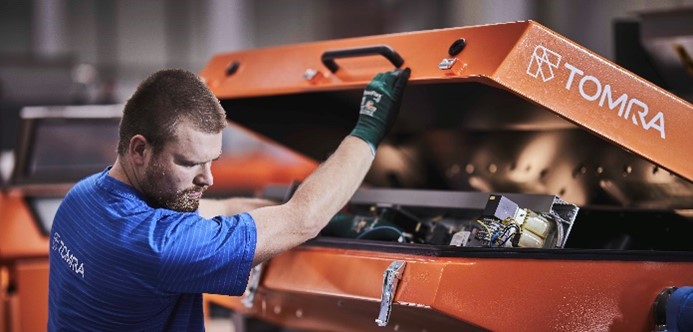
Leverage technology
More manufacturers now offer remote support and connectivity programs for optical sorters. With a connected asset, manufacturers can resolve many machine sorting issues remotely through a virtual private network (VPN). With a call, text or email, customers can connect with the manufacturer to resolve performance issues quicker than a site visit.
More advanced production information harvesting programs such as TOMRA Insight are designed to provide actionable data on sorting performance. At the same time, they also can alert management and service technicians to machine issues as they occur, allowing small service items to be addressed before becoming bigger problems to minimize circuit disruption.

One final item to remember is to work with the technology supplier to develop a service contract to ensure long-term maximum circuit performance. The TOMRA Care service offers customized programs that range from regular service visits to selections that cover core components like the scanner and computer, offer ongoing operator training, and/or provide 24/7, round-the-clock support.
Regardless of the level of support needed, sorter manufactures are there to partner with recyclers, so they can optimize throughput with high purity levels and maximize profitability.




